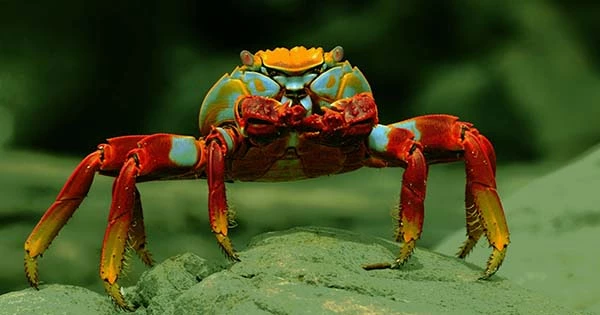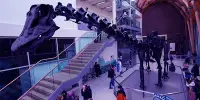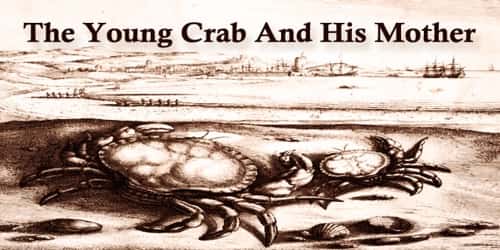Crabs are the sea’s 20-somethings, always mutating to seek out the new and find their place. This often entails traveling away from the water and into other settings, and new research suggests that they may have done so up to 17 times in the last 100 million years.
A multinational team of academics examined how frequently and when real crabs – members of the taxonomic category Brachyura – abandoned the marine environment throughout history. This included relocating entirely to land, a process known as terrestrialization, as well as semi-terrestrial habitats like intertidal zones and estuaries.
To uncover the answers, the researchers looked at three separate datasets: one that detailed the evolutionary relationships between 344 crab species on a DNA level, the whole recorded crab fossil record, and a collection of natural history data such as morphology and behavior.

They determined that genuine crabs are 45 million years older than previously assumed, first arriving in the Middle Triassic and that they departed the oceans between seven and 17 times during the last 100 million years by correlating this data. This distinguishes crabs from other arthropods, the great majority of which have most likely only experienced terrestrialization a few times, more than 300 million years ago.
The study also discovered that crabs traveled from the waters to land via intertidal zones, beaches, and coastal forests, or more indirectly via estuaries, submerged freshwater, and riverbanks before reaching coastal forests and jungles.
To do so, they would have needed to evolve qualities that fitted them to their new settings, and the findings show that different crabs evolved these identical traits separately, a process known as convergent evolution.
“We saw quite a large number of convergent events of terrestrialization with certain sets of traits,” said lead researcher Joanna Wolfe in a statement. According to Wolfe, this could help scientists figure out what happened in previous groups of creatures that migrated from sea to land and forecast future evolution of the features that enable migration.
“That’s the goal, to be able to apply what we see across the tree of life,” Wolfe said.
There was also an unexpected discovery in the data: crabs were discovered to have reverted to total marine life on at least two to three occasions within the same time span.
Perhaps the coastal rent became too exorbitant, and they were forced to move back home with their parents. The true result, however more scientific, isn’t too far off – crabs find it difficult to transition away from more watery habitats.
“Crabs do not have the goal of living on land,” Wolfe said. “Our findings suggest that transitioning from fully marine to intertidal or estuarine environments is easier than transitioning to living more independently from water, such as a fiddler crab, which lives mostly on land because they have more physiological adaptations.” Evolution is dynamic, and organisms’ niches change with time; there is no perfect adaptation that can last forever.”
















